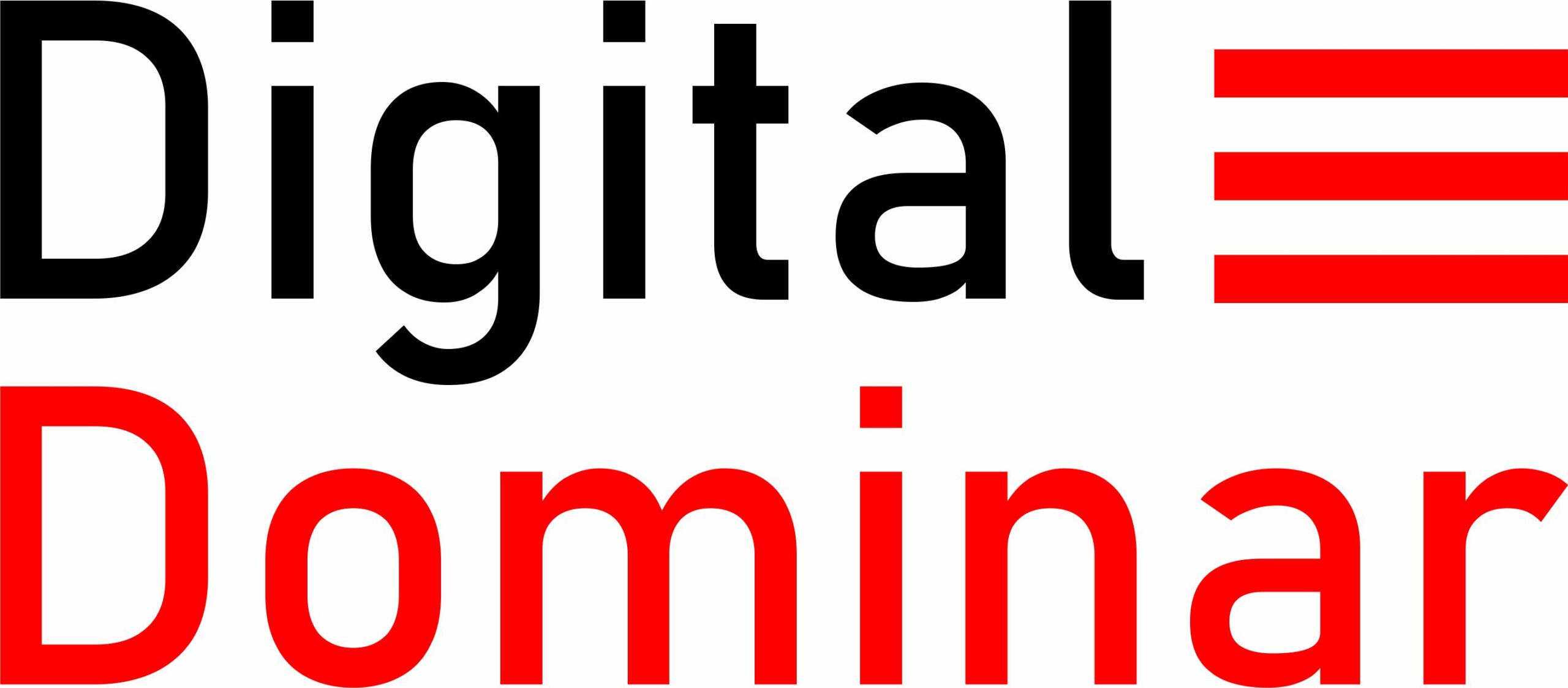In an era marked by rapid technological advancements, the world of payroll documentation has not remained untouched. Gone are the days of paper paychecks and handwritten ledgers; today, online paystubs are emerging as the future of payroll documentation. This transformation promises not only efficiency and accuracy but also significant advantages for both employers and employees.
In this comprehensive guide, we will explore the evolution of payroll documentation, delve into the benefits of online paystubs, and discuss how they are shaping the future of payroll management.
The Evolution of Payroll Documentation
Before we dive into the benefits and implications of online paystubs, it’s essential to understand the journey that payroll documentation has undertaken over the years. Historically, payroll management was a labor-intensive process that involved a multitude of manual tasks.
Here is a brief overview of the key milestones in its evolution:
Manual Ledger Systems:
- In the distant past, employers maintained handwritten ledgers to record employee hours, wages, and deductions.
- Calculations were prone to human error, and the process was time-consuming.
Paper Paychecks:
- As businesses grew, they transitioned to issuing paper paychecks.
- This reduced the risk of calculation errors but still required significant administrative effort.
Computerized Payroll Systems:
- With the advent of computers in the workplace, payroll processing became more automated.
- Software solutions emerged, streamlining calculations and record-keeping.
Online Payroll Portals:
- In recent years, online payroll portals gained popularity, allowing for remote access to payroll data.
- However, they often lacked the real-time features and accessibility that modern online paystubs offer.
Benefits of Online Paystubs
Online paystubs, which are electronic versions of traditional paychecks, offer numerous advantages for both employers and employees. Let’s explore these benefits in detail:
Accessibility and Convenience:
- Online paystubs can be accessed anytime, anywhere, eliminating the need for physical paperwork.
- Employees can view their pay information from their computers or mobile devices.
Cost Savings:
- Going paperless with online paystubs reduces printing, postage, and storage costs.
- Employers can save on paper, ink, envelopes, and the time spent on manual distribution.
Real-Time Information:
- Online paystubs provide up-to-the-minute data, enabling employees to track their earnings, deductions, and taxes in real time.
- This transparency fosters trust and helps employees better manage their finances.
Data Accuracy:
- Automated calculations reduce the risk of errors associated with manual calculations.
- This minimizes payroll discrepancies and reduces the likelihood of compliance issues.
Environmental Impact:
- By reducing the use of paper and minimizing physical waste, online paystubs contribute to a more sustainable, eco-friendly workplace.
Security:
- Online paystubs are typically password-protected and encrypted, enhancing the security of sensitive payroll information.
- This reduces the risk of unauthorized access or data breaches.
Compliance:
- Online paystubs can automatically calculate and withhold taxes, ensuring compliance with tax regulations.
- They also maintain records for audit purposes, simplifying the compliance process.
Employee Self-Service:
- Employees can update personal information, such as addresses or direct deposit details, through online portals.
- This reduces administrative tasks for HR departments.
Mobile-Friendly:
- Modern online paystub platforms are often designed to be mobile-friendly, making it easy for employees to access their pay information on the go.
Analytics and Reporting:
- Employers can generate reports and analyze payroll data more effectively, helping them make informed decisions about labor costs and budgeting.
The Future of Payroll Management
As technology continues to advance, the future of payroll management is closely tied to online paystubs and digital solutions. Here’s a glimpse of how online paystubs are shaping the future of payroll documentation:
Integration with HR Software:
- Online paystub platforms are increasingly integrated with human resources software, streamlining the entire employee lifecycle, from onboarding to offboarding.
Artificial Intelligence (AI) and Automation:
- AI-powered payroll solutions are becoming more sophisticated, automating complex tasks like compliance monitoring and wage calculations.
Mobile Apps:
- Mobile apps dedicated to payroll and employee self-service are becoming common, allowing employees to access their pay information with ease.
Blockchain for Security:
- Some companies are exploring blockchain technology to enhance the security and immutability of payroll records, ensuring data integrity.
Enhanced Employee Benefits Tracking:
- Online paystubs may evolve to include features for tracking and managing employee benefits, such as health insurance and retirement plans.
Predictive Analytics:
- Advanced data analytics may enable employers to predict workforce trends, optimize staffing levels, and make data-driven decisions.
Global Payroll Solutions:
- As businesses expand globally, online paystub platforms are adapting to handle the complexities of international payroll, including currency conversion and tax compliance.
Continued Regulatory Compliance:
- Online paystub platforms will evolve to stay in compliance with ever-changing labor laws and tax regulations, relieving businesses of compliance-related burdens.
Conclusion
Online paystubs for free are undeniably the future of payroll documentation, offering a plethora of benefits to both employers and employees. Their accessibility, convenience, cost savings, and accuracy make them a compelling choice for modern organizations. As technology continues to advance, online paystubs will evolve to meet the changing needs of businesses and employees alike, shaping the future of payroll management.





